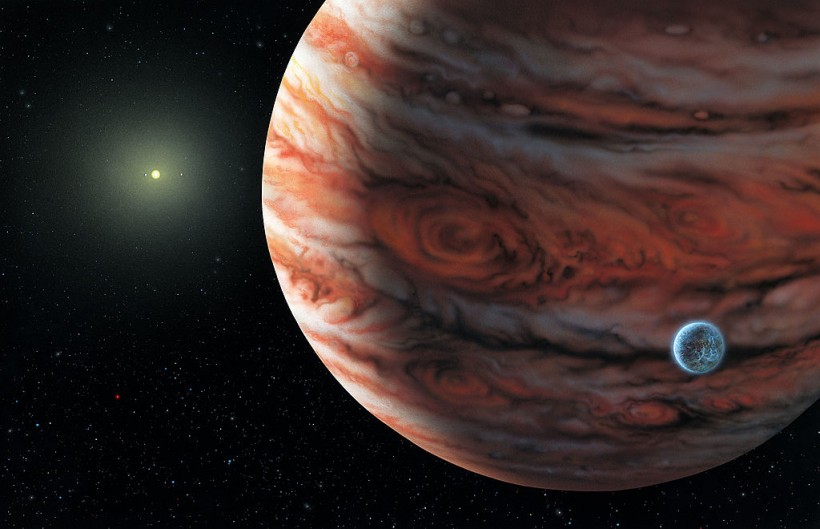One of the most fascinating systems in the solar system is Jupiter, together with its magnetic environment, moons, and more of its secrets. Hence, Jupiter Icy Moons Explorer (JUICE) mission will unveil more about this exciting planet and its natural satellites when it is launched in 2023 and arrives at Jupiter in 2031.
The European Space Agency intends to deploy a spacecraft to examine the Jovian way of life alongside NASA's Juno mission.
"Juice will make detailed observations of the giant gas planet and its three large ocean-bearing moons -- Ganymede, Callisto, and Europa -- with a suite of remote sensing, geophysical, and in situ instruments," ESA said in the mission's overview.
Discover the top 5⃣ mysteries that @ESA_JUICE will solve about #Jupiter and its moons 👉 https://t.co/9ebFUDugAE#ESAJuice #ExploreFarther pic.twitter.com/xAvuasIPJr
— ESA Science (@esascience) July 19, 2022
Jupiter's 5 Mysteries as ESA Revealed
According to Republic World, European Space Agency (ESA) unveiled five particular riddles on Monday that it hopes to solve once JUICE arrives at its destination on this enormous planet in 2031.
What the ocean-bearing Moons of Jupiter are like is the first of the five mysteries that JUICE will attempt to answer. All three of the Moons certainly contain sizable subsurface seas that may be livable and a haven for microbial life. According to scientists, water is a crucial component for the existence of all life forms and a great site to look for extraterrestrial life.

Artist's Conception of Jupiter
The second important query is to Ganymede, the sole magnetically active Moon in our solar system. Astronomers hope to identify the source of this peculiar magnetic field using JUICE. The spacecraft will spend eight months orbiting Ganymede, making it the first object to do so outside of the Earth's Moon. It's interesting to note that Ganymede is the largest moon in our solar system, outstripping both Pluto and Mercury in size.
The existence of life in Jupiter's system is the third and maybe most crucial unsolved puzzle. As was already established, Jupiter's Moon is a gold mine for discovering evidence of life on planets other than Earth because of the enormous amount of water that lies beneath its frozen shell. Notably, the seas on these Moons are significantly larger than those on Earth.
The fourth question is how Jupiter's complex extraterrestrial environment influenced its Moon and vice versa. CNet mentioned that Ganymede's magnetic field is so powerful that it even causes auroras to appear in the planet's atmosphere, much to how Earth's magnetic field causes the northern lights when electrons are trapped within it.
Last but not least, the expedition would assist researchers in understanding how a typical gas giant emerges. The spacecraft will launch from a spaceport in Europe next year and arrive in Jupiter's system in 2031, where it will start its search for extraterrestrial life. JUICE, according to the ESA, will investigate the moons as both planetary objects and possible habitats, explore Jupiter's complex environment in-depth, and study the wider Jupiter system as an archetype for gas giants across the Universe.
RELATED ARTICLE: ESA's Juice Spacecraft Arrives in Toulouse Before Departing to Jupiter With Scientific Instruments
Check out more news and information on Space in Science Times.














